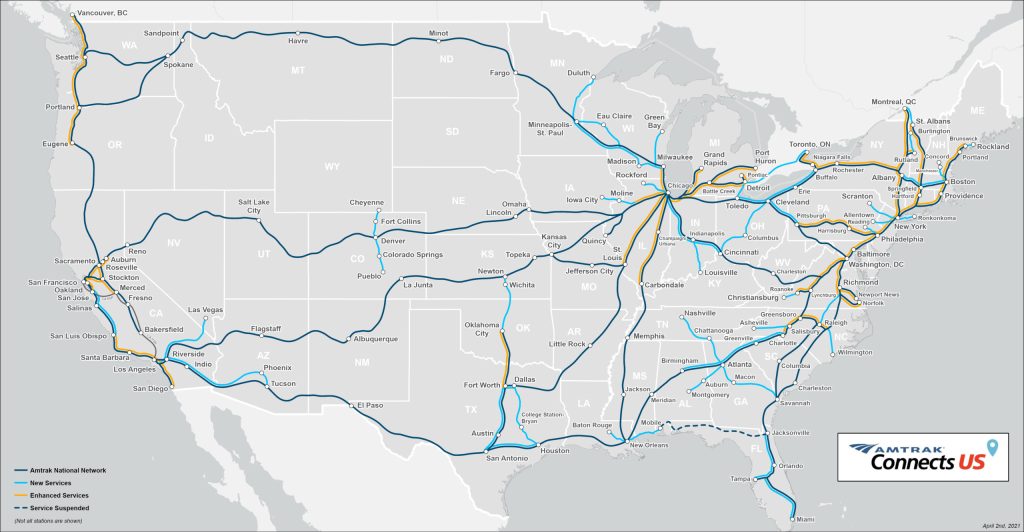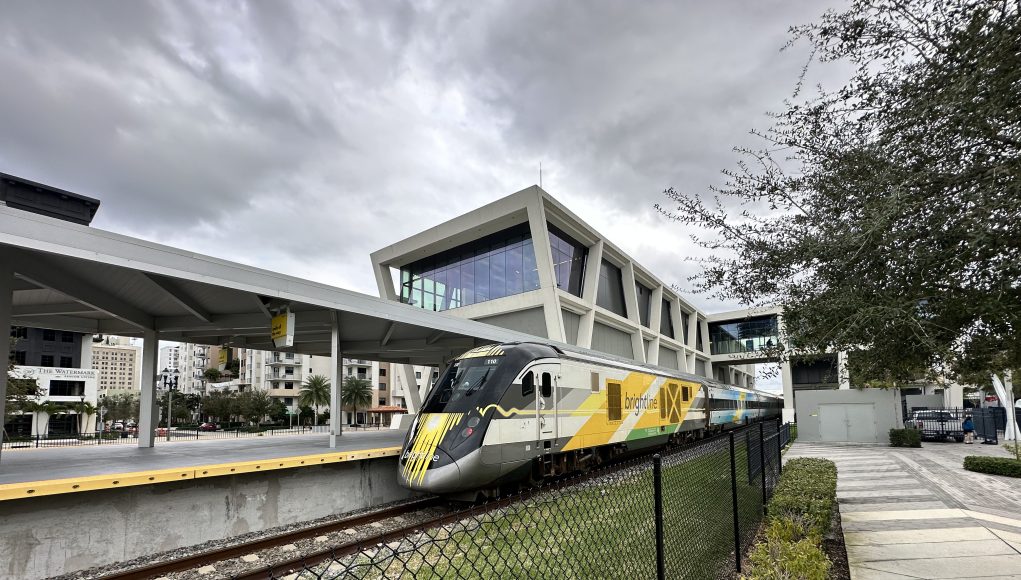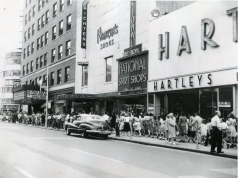As the sun rises over Doral, 26-year-old Jeisson Gutierrez trudges towards a public bus, bundled up against the morning chill. As an asylum-seeker, he works long hours at a warehouse to make ends meet. But the grind of his job is only compounded by the nearly two-hour bus ride that awaits him before he can clock in. He is not alone.
”The bus is always packed,” said Jeisson. “The majority is people like me, young immigrants trying to make a living.”
South Florida has been grappling with a public transit crisis for years. According to a study by the Metropolitan Planning Organization, over 50% of Florida workers earning less than $3,300 a month rely on public transportation to get to work; most of them are Hispanic and Black. However, with an unreliable and inefficient system, many are forced to endure long and grueling commutes on unreliable bus services. This not only affects their productivity but also limits their ability to access job opportunities outside of their immediate vicinity. The same study found that workers who lack access to reliable transportation earn $7,000 less annually than those with personal vehicles.
“If Miami were small, it would be easy,” said Jeisson. “But we live in a monster of a city where the drugstore in the corner of your neighborhood is almost an hour away on foot.”
Yet, there are signs that the tone of the conversation around public transportation is starting to change. As the millennial and Gen Z generations grow in political and economic influence, there is increasing support for improving mass transit systems across the U.S.
”I’m grateful for the bus service for helping me move around, but I wish we had more money so there could be better and more routes, especially for trains,” said 28-year-old Emir Alpaslan, an FIU political science senior. “They are cheaper to build and maintain than highways and pollute less than most other systems.”
Younger generations are more likely to embrace alternative modes of transportation and prioritize sustainability over car ownership due to socioeconomic shifts and environmental concerns, said the same report.
”There are several reasons why we are attracting millennials and GenZs as a new generation of customers,” said Kimberly Woods, senior public relations manager for Amtrak. “They are on track to become the biggest generation in the US, and because they are concentrated in urban areas, they can accomplish their goals by traveling via train. Moreover, they drive an average of 10% less than their parents and tend to be significantly more environmentally conscious.”
Although the landscape may look grim today, trains once connected America. They not only brought people together from coast to coast, but they also symbolized progress itself. The decline of trains can be attributed to a combination of factors, including poor funding, corporate greed, consolidation, and the rise of personal car ownership.
Graphic by Steban Rondon.
However, not all hope is lost. As the need for efficient and reliable public transportation continues to grow, many cities and regions across the U.S. are starting to take action. California is constructing a multi-billion dollar high-speed rail to connect all the state’s major cities and reduce travel time between them. New York City is investing $11 billion to bring Long Island Rail Road trains to Grand Central Terminal on Manhattan’s East Side. Amtrak itself is drastically expanding its current system to better connect Middle America and the East Coast.
“As we invest in the future, Amtrak is leading the way with a new era of rail,” said Amtrak President Roger Harris in a memo to the company. “Our new trains will transform the Amtrak experience with significant environmental benefits, a progressive design and world-class amenities.”
In South Florida, the private rail company, Brightline, is expanding its rail network to connect Orlando and Tampa to its existing line from Miami to West Palm Beach.
Yet, two factors are keeping America from experiencing a rail boom: service and sustainability.
Congestion, particularly in busy corridors, can lead to delays as Amtrak does not own most tracks and has to share them with the freight companies that own them. Just in 2021, Amtrak trains experienced a combined 900,000 minutes of delay, according to the company.
”For over 50 years, freight railroads have been required by law to provide Amtrak with ‘preference’ to run passenger trains ahead of freight trains,” said Woods. “However, many freight railroads ignore the law because it is extremely difficult for Amtrak to enforce it.”
Most trains in America are also not as environmentally friendly as people think. Usually, trains run on diesel.
Trains in America are also less environmentally friendly than people think. Most trains run on diesel and, as a result, emit large quantities of pollutants. Yet, new systems are in development to reduce this issue. Some companies like BrightLine are connecting directly to the grid to electrify their entire operations, while Amtrak is investing in new trains such as the model Airo — which produces 90% less particulate emissions in diesel operations.

Despite the challenges that the industry faces, the future of mass transit in America is looking brighter than in previous decades. With continued investments in infrastructure and technology, trains are on track to become the new face of the nation.
“I wish I could travel anywhere without spending hundreds of dollars on gas or a plane ticket,” said Jamie Lin, a 20-year-old Barnard student. “Europe has proven that is possible; why are we actively deciding to stay behind?
































